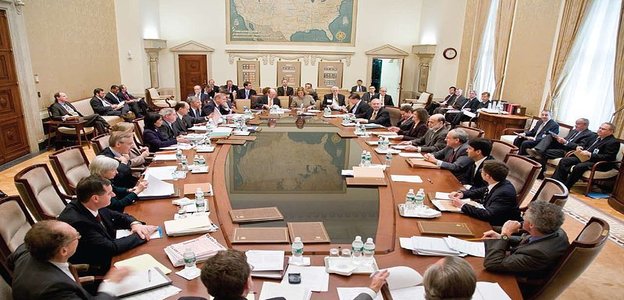 The Federal Open Market Committee (FOMC) is the branch of the Federal Reserve Board that determines the direction of monetary policy. The FOMC is composed of the board of governors, which has seven members, and five reserve bank presidents. The FOMC meets eight times per year to set key interest rates, such as the discount rate, and to decide whether to increase or decrease the money supply, which the Fed does by buying and selling government securities.
The Federal Open Market Committee (FOMC) is the branch of the Federal Reserve Board that determines the direction of monetary policy. The FOMC is composed of the board of governors, which has seven members, and five reserve bank presidents. The FOMC meets eight times per year to set key interest rates, such as the discount rate, and to decide whether to increase or decrease the money supply, which the Fed does by buying and selling government securities.
Economic indicators play a huge role in the forex trading especially for traders who approach the market through fundamental analysis and trade the news. The Federal Open Market Committee (FOMC) interest rate decision is one of the most influential indicators for the US dollar and you can be sure after the news is released there is going to be volatility in the markets and volatility is what traders thrive on.
Trading the announcements is preferred by traders who prefer more volatility, as its aftermath offers sharper moves. Two general approaches can be discerned. The first one proposes that a position is taken up before the actual announcement and is effectively a prediction in a certain direction – traders select it based on their analysis and place stop losses on the other end. Some might also place a take profit level, but many prefer to monitor the market itself and exit with their profits when they see fit.
The second approach is to wait for the announcement to start pushing the market and trade right after it starts moving. Which is usually quite rapidly, occasionally even reversing its initial direction. This trading type is risky but offers the greatest possible returns, because the largest volume occurs at these times. The latter approach can also be subdivided, depending on the specific tactic you are employing. You can enter right after the interest rate announcement or you might wait for the press conference of the chairman, who now is a lady named Janet Yellen.
This press conference is closely scrutinized by market participants as it can give additional information or context for the announcement that came just before it. It has two parts, a scripted text that is delivered at the beginning and a Q&A session where journalists ask their own questions. This part can sometimes generate surprises, as answers coming from the chairman, despite the obligatory preparations, are sometimes made-up on the spot and can give too much information, or a different twist to the scripted and carefully worded statement.







